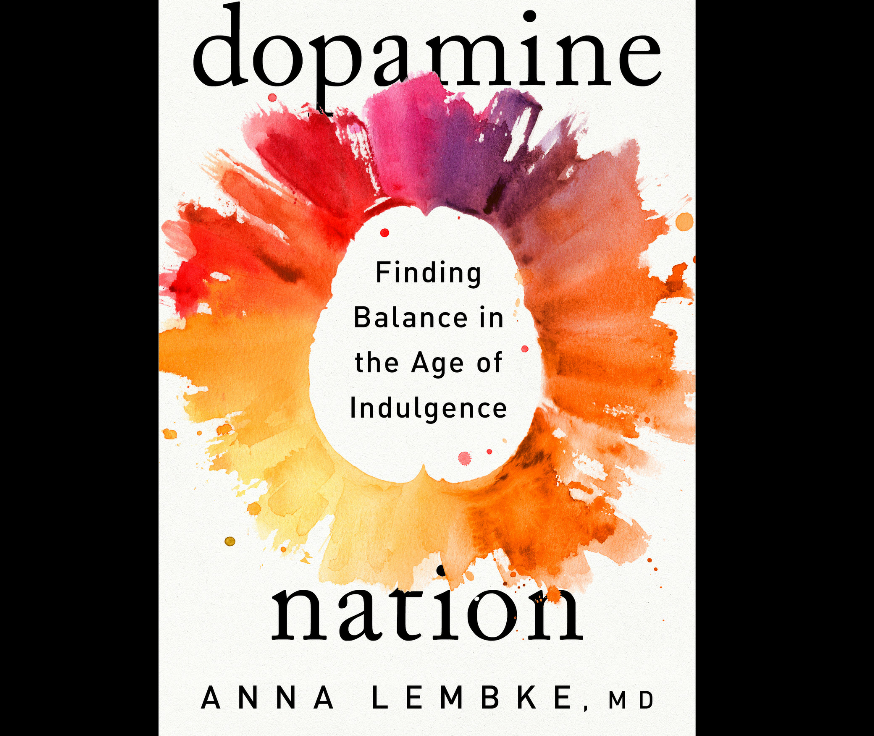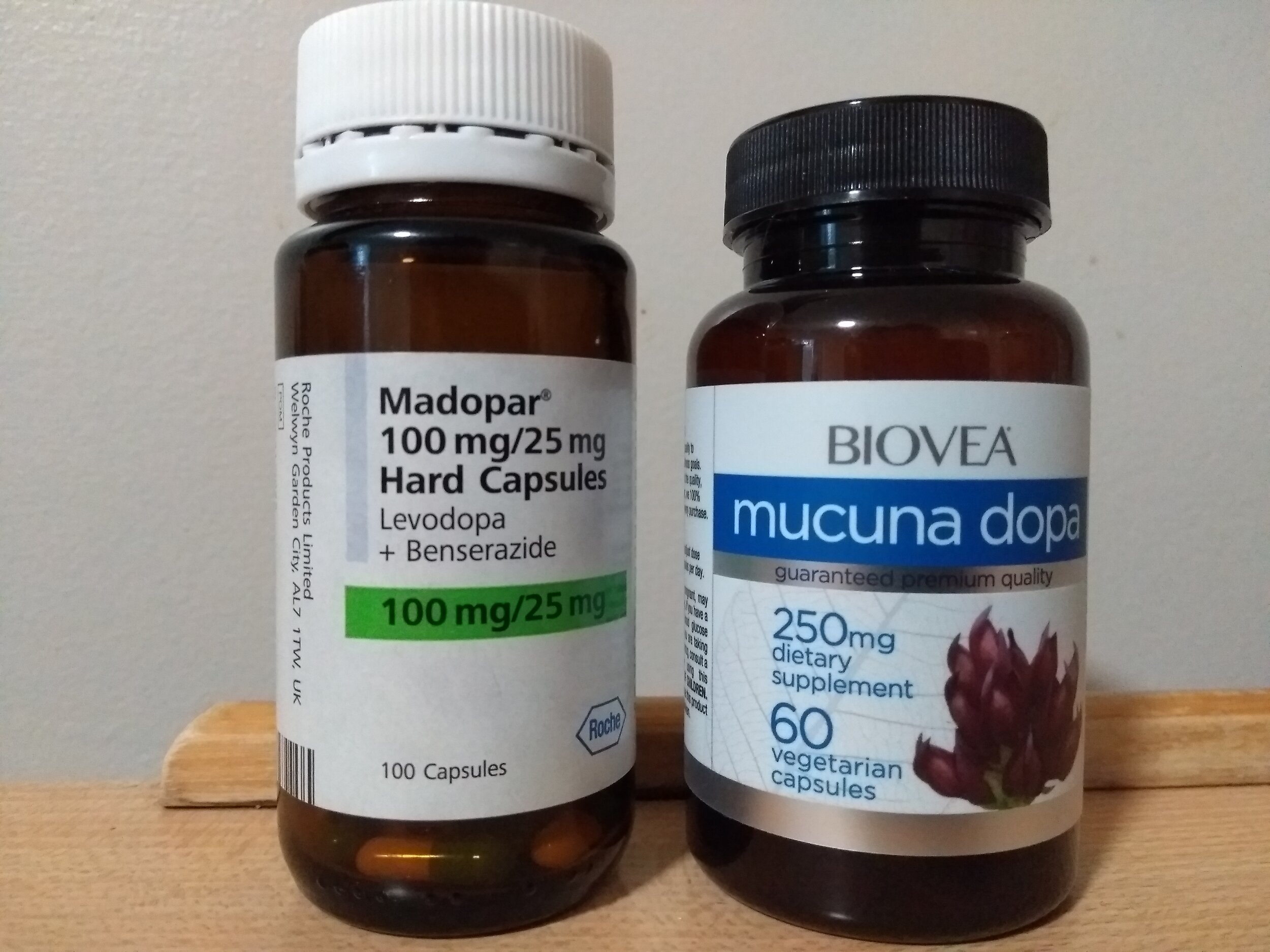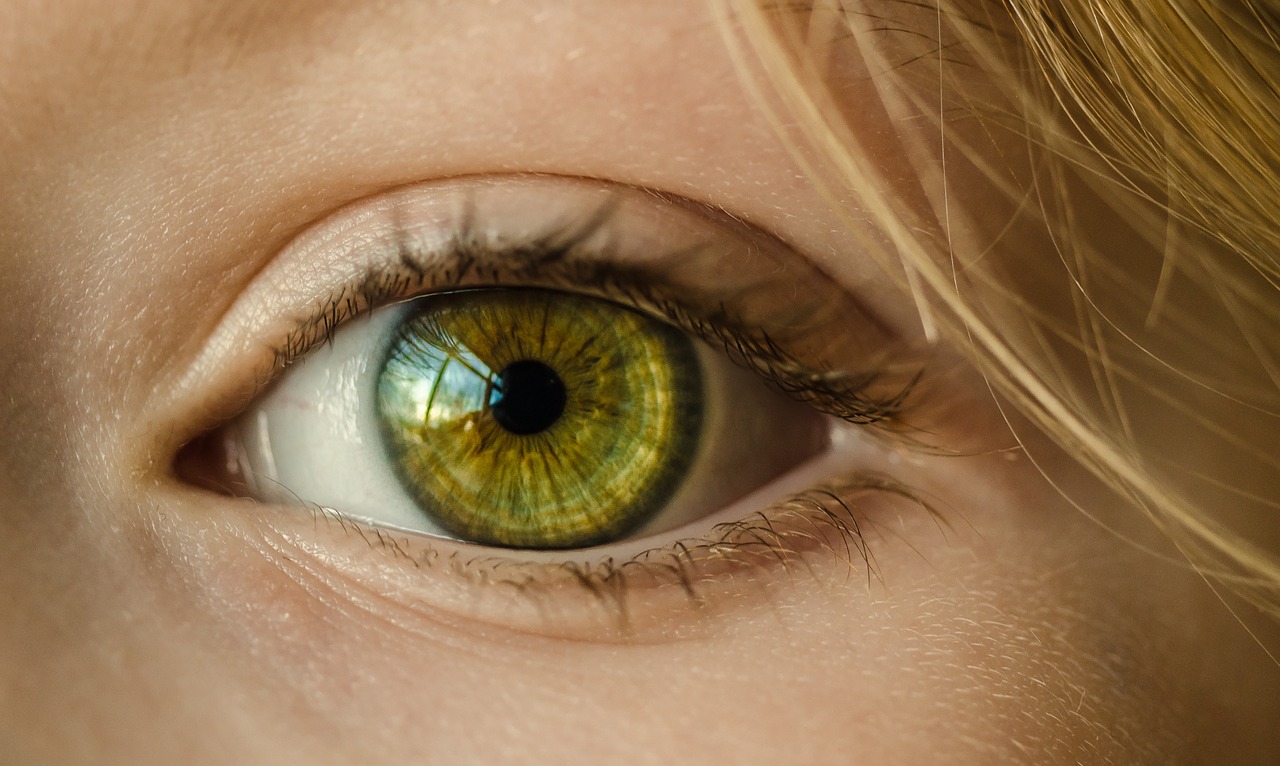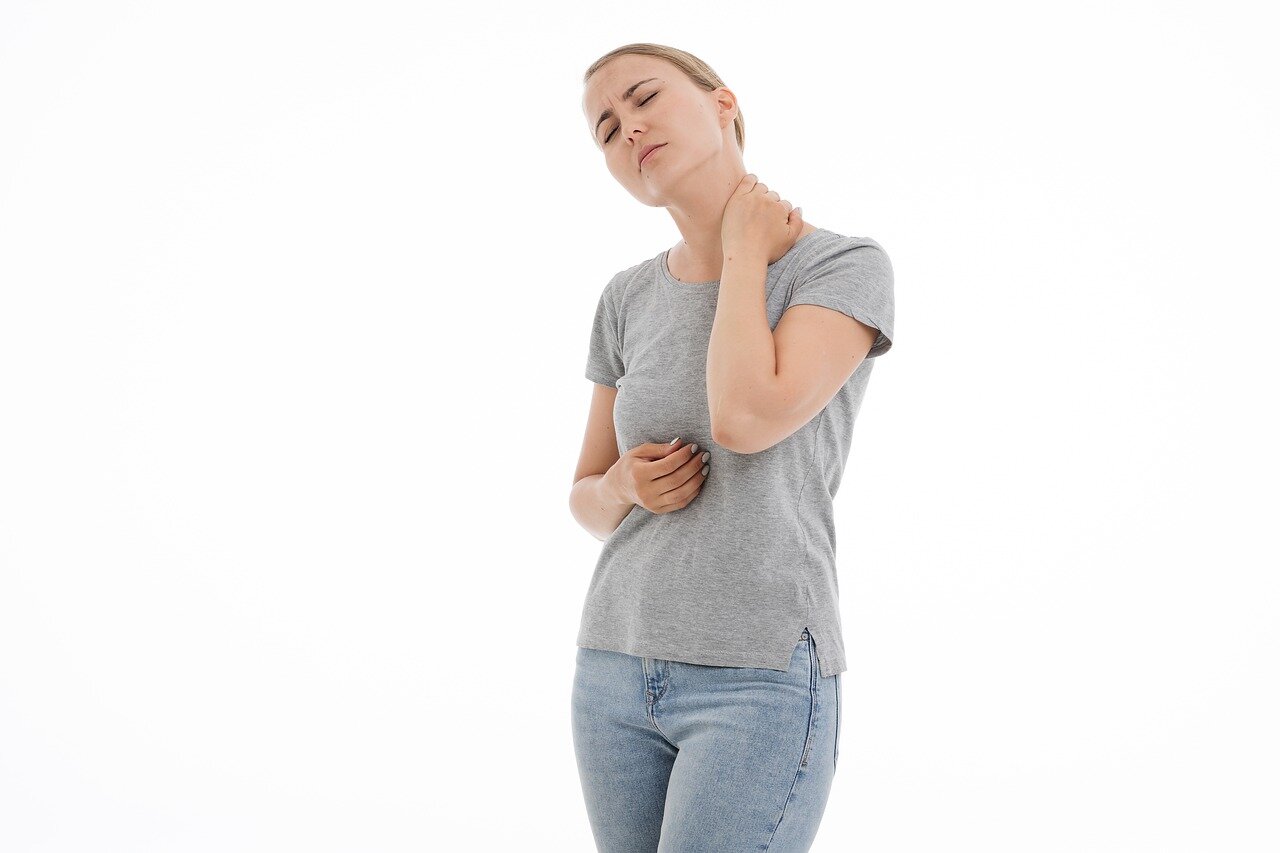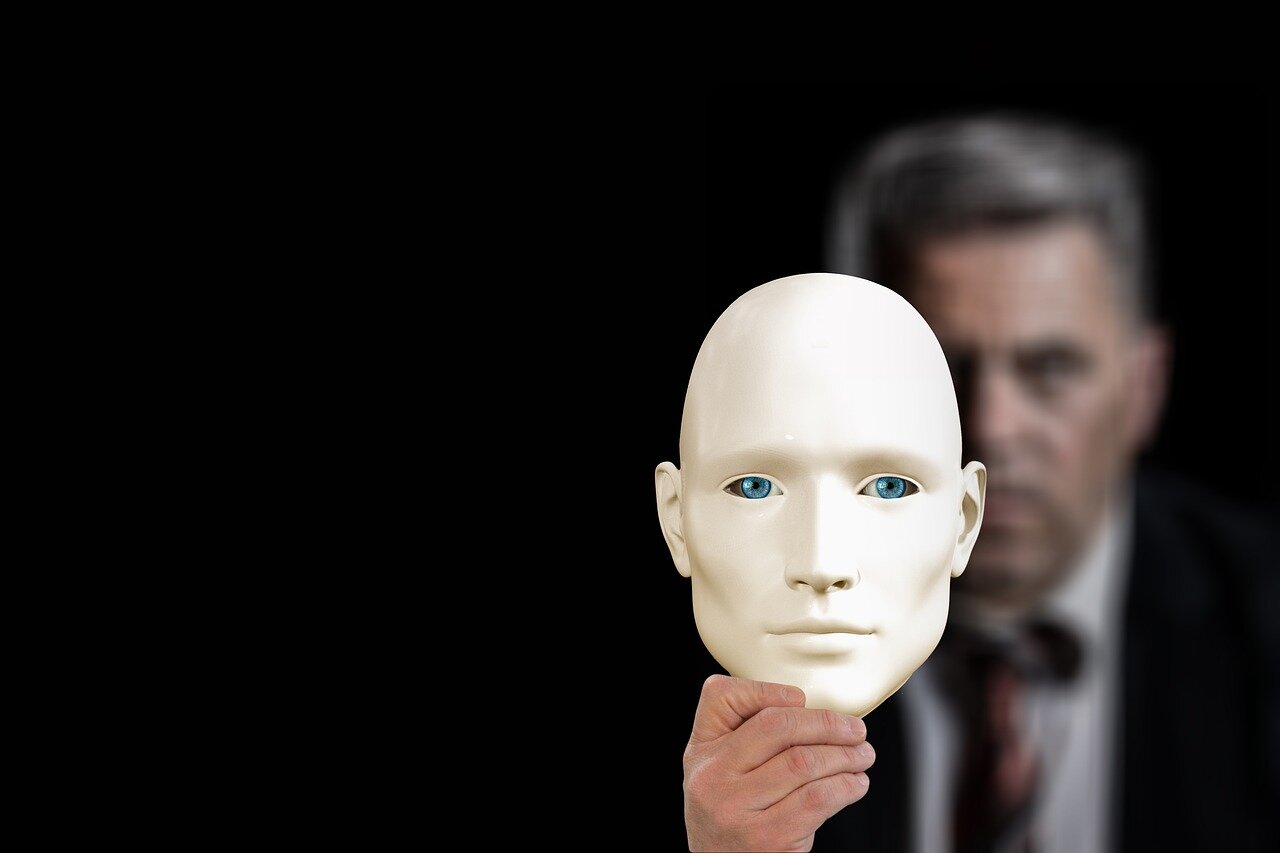To help shake off the gloom about this, I call our survival instincts our superpowers, because it is a more resourceful way to look at the body and the problems we might be experiencing. Try saying "thank you, body, for keeping me safe, but now it is time to bring me out of the safe survival state and back to the normal range of health and grow." This ought to give us a little more faith in the dispositions of our body.
Read MoreFeeling Trapped and Parkinson's Disease
As a first step, we perhaps need to identify the places where we are stuck in our lives, those stressors which come with a sense of being trapped, the stressful things we can’t fight or flee from, and try to address these. This is because the tonic immobilization framework of PD predicts that it will be very hard to reduce symptoms in circumstances that our nervous system is constantly feeling trapped by a proximate threat. Examples include being in a toxic relationship, living in a house with neurotoxic mould infestations, workplace exposure a chemical agent, enduring a long and stressful daily commute to work.
Read MoreMotivation, Pleasure, Pain and Parkinson's Disease
The activation of the habenula inhibits or deactivates the dopamine neurons in the substantia nigra and ventral tegmental area, and, conversely excites or activates them when it is deactivated. This has profound implications for PD, as this points to the possibility that it is not cell death which causes the issues in PD, but chronic activation of the habenula permanently switching off the cells in the substantia nigra from producing dopamine. This is a more hopeful hypothesis, as it means the cells are just dormant, not dead. If we can figure out how to deactivate the habenula, this could provide significant symptom reduction.
Read MoreDopamine Cell Receptors and Parkinson's Disease
Cell receptor population dynamics therefore may play a primary role in environmental interactions (nurture) and can profoundly affect biology (nature), and may be the mechanism through which history gets written into the body, such as affects of childhood trauma in later life. Cell receptor population dynamics also provide strong and significant neuroplasticity without the need for new neurons or new synaptic connections/wirings per se, by profoundly affecting the functions and sensitivities of the existing neurons themselves.
Read MoreDopamine and Parkinson's Disease
The Huberman Lab podcast is a lecture series by Prof. Andrew Huberman, professor of neurobiology and ophthalmology at Stanford School of Medicine, on practical and free tools for optimizing health based on the very latest neuroscience and human biology research. This podcast contains vital, actionable, and need-to-know information for people with Parkinson’s Disease, in particular of the latest pragmatic research into dopamine biochemistry. Dopamine is the major neuromodulator which is most problematic in PD, and the target for the mainstay medical interventions. So here I’ve extracted from the podcast episodes the timestamps of everything Prof. Huberman has to teach us on the subject of how to optimize our dopamine biochemistry. The format is the episode title, in order of release, followed by the corresponding timestamp links and descriptions whenever dopamine is referred to.
Read MoreVisual Cues and Parkinson's Disease
I learned about the connection between the eyes/vision and movement of the body in an online course run by my friend and "Wisdom Coach" Cheryl Townsley, where a tutorial showed how, looking up or down with the eyes (not via movement of the head) creates an immediate increase in the range of specific arm/shoulder motions. I could quickly check this was indeed true for myself. Indeed, the connection between eye and body movement is so important that professional athletes are being trained in these types of techniques, and are given specific eye exercises to improve sports performance!
Read MoreThe Eyes and Parkinson's Disease
Motivated by the launch of the Eye Guide MC wearable device for Parkinson’s Disease, I have updated this article, originally published September 2017, with some more information about the role of dopamine in the eye, and also about the emerging field of Neuro-optometrics.
Read MoreEye Exercises and Parkinson's Disease
I have updated this article, originally published on 4th December 2017, to include information from Prof. Andrew Huberman, Neuroscientist at Stanford University, who is providing information and tools based on the latest high quality science. His episode on the eyes appears to support much of what I originally wrote below
Read MorePodcast Therapy and Parkinson's Disease
I decided I would seek out more examples which could have similar therapeutic value, and began spend most of my off time watching such podcasts. I particular, I discovered subjects which interest me, featuring people who are calm, positive and engaged, with styles that make one feel like part of a conversation, featuring people who I think I would feel safe with in real life. Conversations which inspire me, instil a sense of curiosity and learning, make me feel engaged with, give me moments of joy, empathy, compassion, connection or hope are the ones which I am finding work best. This does feel like a much more therapeutic way to get through the day. It also provides a sense of being more productive, since even though I have a lot of enforced downtime, at least I'm learning new things, many of which are actionable and pragmatic, and hence this also assuages some of the feelings that my life is being stolen by PD.
Read MoreRelationships and Parkinson's Disease
This series of articles includes many self-help tips on how to potentially improve/prevent further atrophy of the cranial nerve functions, to try to increase “vagal tone”. The hope is to delay, or even reverse, the losses of facial expression, light in the eyes, melody in the voice, and ability to listen, all of which can impact significantly on other people’s chances at being able to relate to us, as well as our own ability to read with veracity the social cues coming from others.
Read MoreSleep and Parkinson's Disease
In this article, we consider the role of sleep on PD symptoms. I believe that getting good sleep is absolutely foundational, on which all other progressive symptom reduction strategies rest. Indeed, Florencia Cerruti, author of Rebirth at 50: in the end it was not The End, points out that poor sleep, along with stress, is to people with PD like Kryptonite is to Superman. Unfortunately, sleep problems are extremely common with PD.
Read MoreCell Danger Response and Parkinson's Disease
The Cell Danger Response (CDR) provides an explanation and framework of understanding for chronic illnesses, including Idiopathic Parkinson’s Disease. According to this framework, the CDR occurs when a cell in the body detects a threat to its existence or that it is in some sort of mortal danger. When a cell thus loses its sense of safety, it moves via the CDR from contributing to the health and vitality of the body towards an “on guard” state of self-perseveration, and then alerts other cells to the danger by releasing chemicals, which can, in turn, set off their CDR, potentially leading to domino or cascade effect. If the threat is maintained long enough, eventually the CDR results in the cell going into a shut-down or hibernatory state, to wait it out until the danger has passed. When enough cells in the body get stuck in a Cell Danger Response, some from of chronic illness ensues.
Read MoreEating Habits and Parkinson's Disease
This continues a series of posts which reframe major aspects of Parkinson’s Disease as habitual behaviours rather than symptoms. These are features of the condition which can be addressed and changed over time in order to assist with progressive symptom reduction. In this article, we consider eating and PD, but while there is a lot of literature on diets and supplements relevant to the condition, here we consider that the how and when we eat may be just as important or even more so than what we eat.
Read MoreShared Experiences and Parkinson's Disease
When Florencia Cerruti was diagnosed with Parkinson's Disease at age 47, she began using journaling, writing down her private thoughts about her experiences, as a coping mechanism and a therapeutic outlet. Through this self-reflection, she realizes early that there is some innate element of bodily wisdom in the diagnosis of an "idiopathic" chronic condition - that it contains an aspect of her body saying "no more" to a lifetime of holding herself to too high standards, of perfectionism, of "wearing the cape of superwoman".
Read MoreBreathing Disorders and Parkinson's Disease
Some of the common “symptoms” of Parkinson’s Disease could be reframed as behavioural patterns contributing to overall symptomology, but which can be ameliorated through appropriate retraining to help with progressive symptom reduction. Examples of such retrainable “habits” include issues with posture, mindset and breathing. These patterns tend to impact each other, for example habitual mouth breathing can result in the forward head position common in PD. People with PD will often see in hindsight that, once identified, these problematic habits were apparent years before diagnosis. In this article, we specifically consider how unhealthy, but fixable, breathing patterns could be an exacerbating factor in PD. We will cover how poor breathing interacts with, and may even be causal of, many other symptoms, and explore what we can do to improve our quality of life by taking action to retrain our breath.
Read MoreThe Neck and Parkinson's Disease, Part 1
Even slight damage or stiffening up of the neck can cause constrictions or interruptions of important electrical and chemical flows. For oxygen and nutrients that enter through the mouth or nose, it is double jeopardy, as they have to pass through the bottle-neck twice, down into the lungs or to the gut, and back up again to get the brain. The neck is therefore a primary attention site for progressive symptom reduction strategies. In this article, we look at aspects of the neck and consider what we can do to improve our lot.
Read MoreDiaphragmatic Breathing and Parkinson's Disease
In this article, I will make the case that patterns of unhealthy breathing are among the most vital target areas for progressive reduction of the symptoms of Parkinson’s Disease. Breathing dysfunctions are prevalent in people with PD, such as chronic mouth breathing, but, in particular, shallow breathing from the chest and neck, with very little movement of the diaphragm, which has become spasmodic, rigid and stiff. These breathing patterns often precede diagnosis by years or may even be life-long habits, and therefore could have a more causal role, rather than just being an effect of developing the disease. Conversely, if a chemical cure was invented tomorrow, which alleviated the main symptoms, it is very unlikely to fix the unhealthy breathing habits, and so associated chronic health issues are likely to re-emerge. The positive message is that this can be worked on and repaired over time even with PD, and that long term strategies to improve the situation could help reduce symptoms and disease progression, and improve quality of life.
Read MoreMusic Therapy and Parkinson's Disease
I have played piano since the age of seven and taught music all my life, so it is not surprising that my mobility problems initially became evident to me while playing the piano. I had been asked to demonstrate a new piano, which the local church was considering buying, but while playing I found that I could not move the fingers of my right-hand as quickly as those of my left. For the next eighteen months doctors and physios gave me various diagnoses from trapped nerve to dystonia. When I finally consulted a neurologist, the diagnosis of Parkinson’s was a complete shock.
Read MoreThe Gut, the Digestive System and Parkinson's Disease, Part 2
In this follow-up article, we continue the exploration of the role of the gut, the digestive system, and gut-brain communication via the Dorsal Vagus Nerve, in PD. We will consider more recent findings, and look at some other angles involving the gut which have practical importance.
Read MoreFeeling Safe and Parkinson's Disease
This article seeks to convey pragmatic and applicable knowledge of the human nervous system to people affected by Parkinson’s Disease and those involved in providing healthcare and caregiving, as well as to try to summarize for myself my own current understandings of these concepts. In particular, we explore the role of people, attitudes and relationships in the lived experience of people with PD.
Read More

